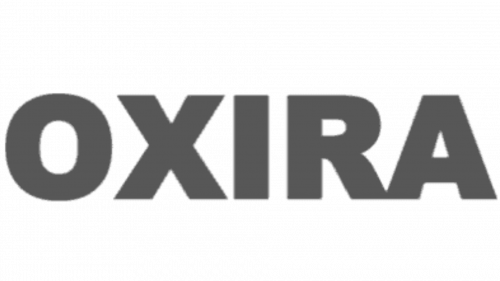UV light in the wavelength range from 200 to 300 nm has a disinfecting effect. It is absorbed by the DNA of microorganisms, destroys their structure and inactivates living cells. In seconds the UV-C (UVGI) radiation renders viruses, bacteria, yeasts and fungi harmless. If the irradiation intensity is sufficiently high, UV disinfection is a reliable and environmentally friendly method, as the addition of chemicals is not necessary.
Public health concerns such as multi- and extensive drug-resistant tuberculosis, bioterrorism, pandemic influenza, and severe acute respiratory syndrome have intensified efforts to prevent transmission of infections that are completely or partially airborne using environmental controls. One such control, Ultraviolet Germicidal Irradiation (UVGI), has received renewed interest after decades of underutilization and neglect. Ultraviolet Germicidal Irradiation (UVGI) is an established means of disinfection and can be used to prevent the spread of certain infectious diseases.
UVGI is the use of ultraviolet (UV) energy to kill viral, bacterial, and fungal organisms. UV rays based on their wavelength are divided into 3 categories:
- UV-A with long wavelength (320 -400 nm)
- UV-B with short wavelength (280 – 320 nm)
- UV-C with very short wavelength (200 – 280 nm)
Among all types of UV rays, UV-C is the most damaging. Therefore, UV-C is widely used as a germicidal to kill/deactivate bacteria, viruses, and other microorganisms. In addition, UV rays with wavelengths below 200 nm are usually called Vacuum UV which can also produce Ozone (O3) in the air. UV-C kills airborne pathogens in the room where they are released.
How Does UVGI Work?
UV-C radiation kills or inactivates microbes by damaging their deoxyribonucleic acid (DNA). The principal mode of inactivation occurs when the absorption of a photon forms pyrimidine dimers between adjacent thymine bases and renders the microbe incapable of replicating. UVGI can be used to disinfect air, water, and surfaces.
Picture 1. Disinfection with UVC (UVGI) light
UV-C (UVGI) light is able to inactivate microorganisms up to 99.9999% which equals a log 6 reduction. Since viruses have the simplest cell structure, they are the first inactivated. Furthermore they are unable to develop a resistance to UV light. Independent studies prove the effectiveness of UV-C (UVGI) radiation to inactivate SARS-CoV-2 (coronavirus).
UV disinfection can be used & ideal in a wide range of applications and industries such as:
- Medical practices, assisted living and nursing care facilities
- Schools, universities, theaters and concert halls
- Office buildings and manufacturing production facilities including clean rooms and cold food processing areas
- Hotels, restaurants, conference centers, fitness gyms
- Public transportation such as buses, subways, and trains
- Emergency vehicles and rescue equipment
References:
- CDC. (2021). Upper-Room Ultraviolet Germicidal Irradiation (UVGI)
- NIH. The History of Ultraviolet Germicidal Irradiation for Air Disinfection
- Heraeus. How does UV (UVGI) disinfection work?






